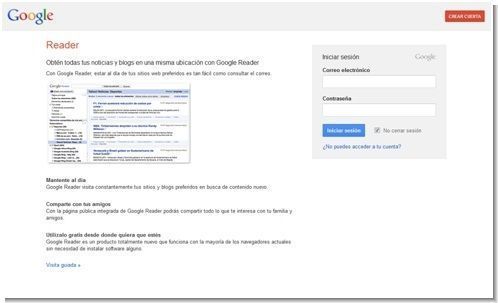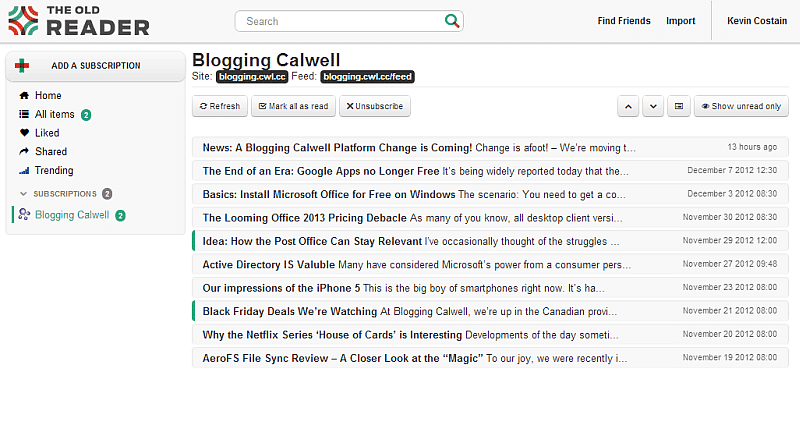

GOOGLE READER ALTERNATIVAS HOW TO
Learn how to present slides with captions. When you present with Google Slides, you can turn on automatic captions to display the speaker's words in real time at the bottom of the screen.


To maximize accessibility, especially in long documents, include one or more of these landmarks (available in the Insert menu). Landmarks like headers, footers, page numbers, and page counts help your readers find where they are in your document. Include navigation landmarks in your document Headings divide your document into sections, making it easier for people to jump to a section (especially if they’re using keyboard shortcuts). You can use the default heading styles or create your own. Learn how to format bulleted and numbered lists. For example, if you start a new line in your document by typing the number 1 followed by a period, the new line automatically becomes the first item in a numbered list. Google Docs and Google Slides automatically detect and format some lists for accessibility. Screen readers might not announce formatting changes, such as boldface or highlighting.įor example, to mark an important section of text, add the word "Important." Use numbered and bulleted lists It's best not to rely on visual formatting alone to communicate meaning. To change the alignment, press Ctrl + Shift + L (Windows or Chrome OS) or ⌘ + Shift + L (Mac). Justified text is more difficult to read because of extra space between the words. To make your document or presentation easy to read, use large, left-aligned text when possible. For example, if you link to your profile page, the linked text should say "my profile," not "click here." Check text size and alignment It's best to use the title of the page as the linked text. Screen readers can scan for links, so informative link text is helpful. Accessible Web Color Contrast Checker: This is a website that allows you to enter color values to check contrast.WebAIM contrast checker: This is a website that allows you to enter Pantone and font data to get a pass/fail rating based on WCAG 2.1 compliance.To check contrast, use one of these tools: For example, avoid light gray text on a white background. Web Content Accessibility Guidelines (WCAG) 2.0 recommend a minimum ratio of 4.5:1 for large text and 7:1 for other text and images. High color contrast makes text and images easier to read and comprehend. The file owner can also receive email notifications or review comment threads. Screen reader users can jump to comments using keyboard shortcuts rather than hunting through your file. Use the commenting and suggesting features instead of writing notes within the text of your document or presentation. In the table, include a heading row rather than start with data in the first row. Use tables to present data, not to change the visual layout of the page. For all other platforms: Press Ctrl + Alt + y.It's a good idea to verify that the automatic alt text is correct. Some images automatically include alt text. Otherwise, a user only hears the word "image" and could miss any relevant visual details.Īlways provide alt text for any visual data if there are no other text annotations. Include alt textĪlternative text for images, drawings, and other graphics provides screen reader users with an audio description of what’s on screen. When you create a document or presentation, follow the tips below to make it more readable by everyone, including people with disabilities.


 0 kommentar(er)
0 kommentar(er)
